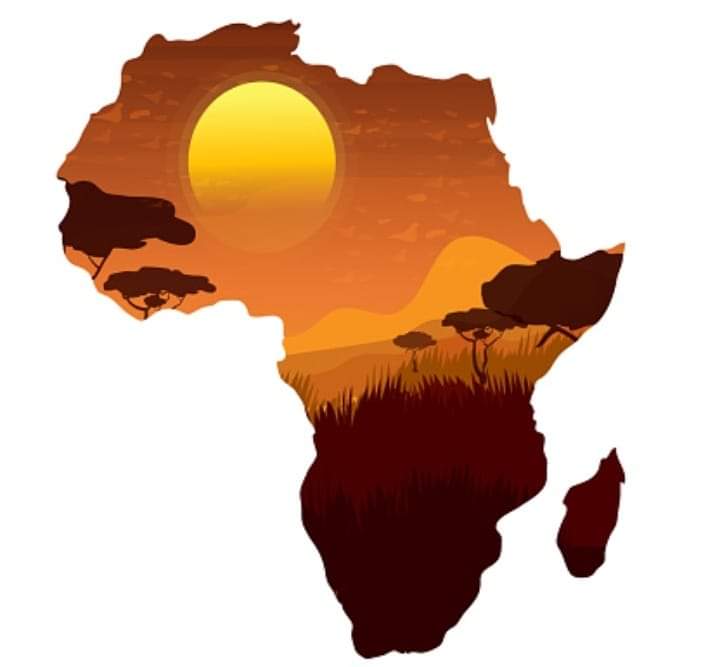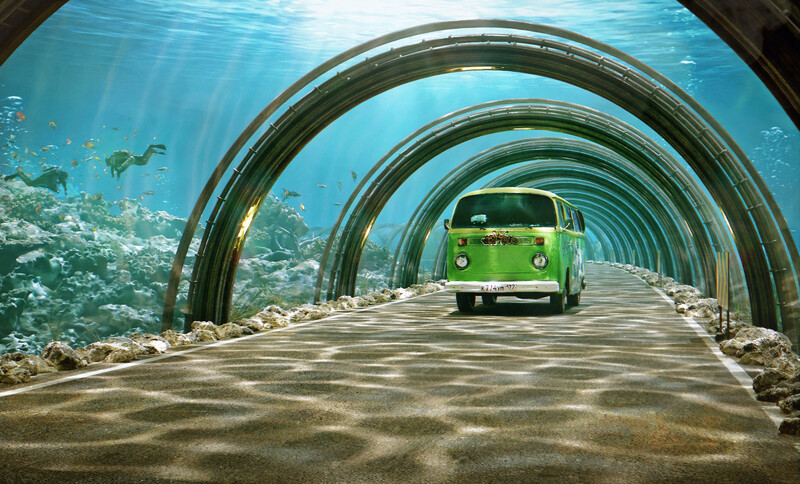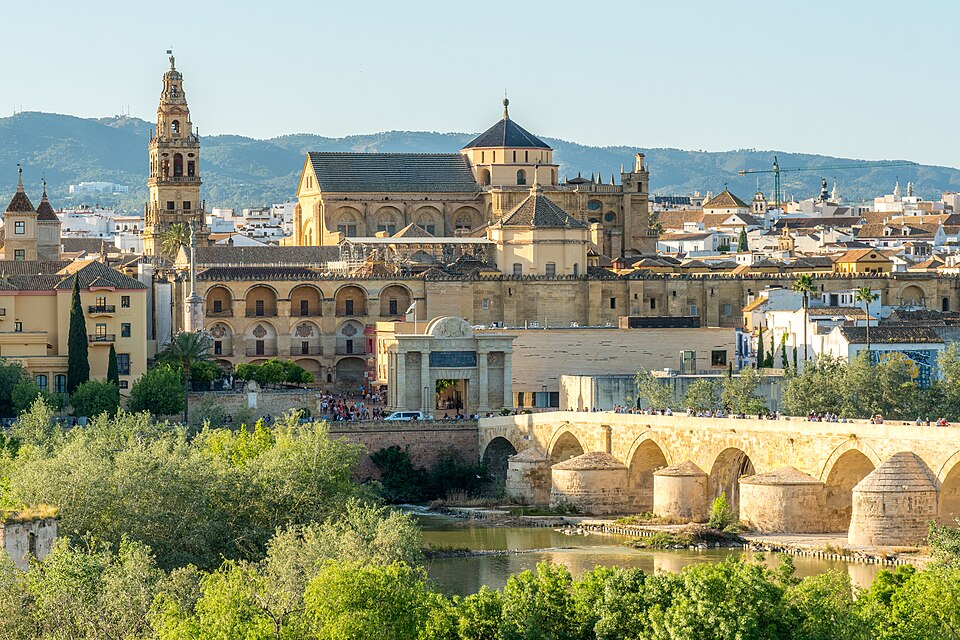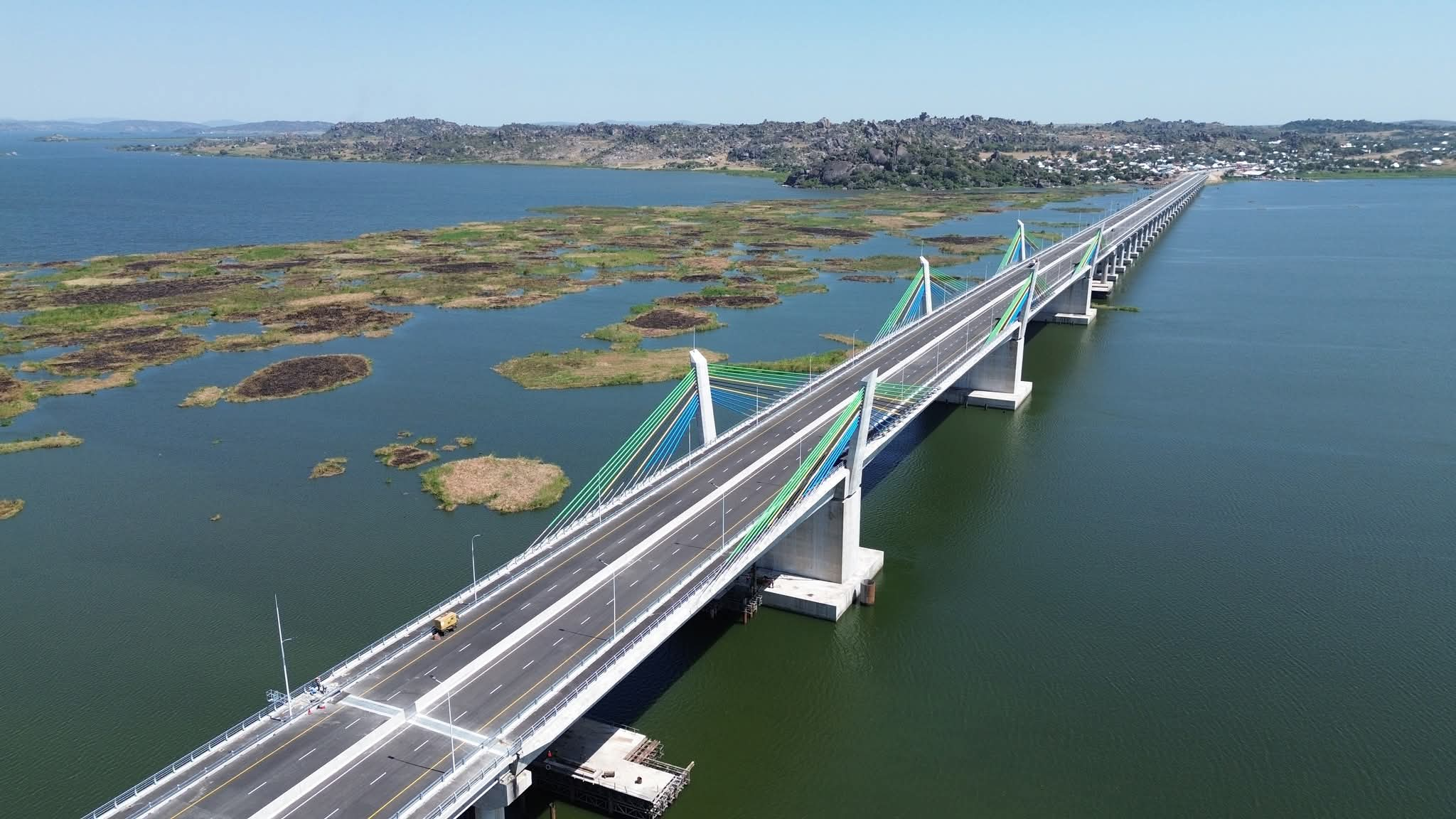GEOGRAPHY: Meet the 8 Regions on the African Continent

Did you know that the African continent has eight major physical regions, namely the Sahara, the Sahel, the Ethiopian Highlands, the savanna, the Swahili Coast, the rainforest, the African Great Lakes, and southern Africa?
Africa is the second largest continent in the world, and it is bounded by the Mediterranean Sea, the Red Sea, the Indian Ocean, and the Atlantic Ocean. The continent is divided almost equally in half by the Equator (an imaginary line around the middle of a planet or other celestial body, or that is halfway between the North Pole and the South Pole, at 0 degrees latitude. An equator divides the planet into a Northern Hemisphere and a Southern Hemisphere).
Africa has eight major physical regions: the Sahara, the Sahel, the Ethiopian Highlands, the savanna, the Swahili Coast, the rainforest, the African Great Lakes, and southern Africa. Some of these regions cover large bands of the continent, such as the Sahara and Sahel, while others are isolated areas, such as the Ethiopian Highlands and the Great Lakes. Each of these regions has unique animal and plant communities.
1️⃣ SAHARA
The Sahara is the world's largest hot desert, covering 8.5 million square kilometers (3.3 million square miles), about the size of the South American country of Brazil. Defining Africa's northern bulge, the Sahara makes up 25 percent of the continent The Sahara has a number of distinct physical features, including ergs, regs, hamadas, and oases... The Sahara's animal and plant communities have adapted to the region's extremely dry conditions... Saharan plants survive thanks to root systems that plunge as far as 24 meters (80 feet) underground. In parts of the Sahara, plants cannot take root at all…
2️⃣ SAHEL
The Sahel is a narrow band of semi-arid land that forms a transition zone between the Sahara to the north and the savannas to the south. It is made up of flat, barren plains that stretch roughly 5,400 kilometers (3,300 miles) across Africa, from Senegal to Sudan. The Sahel contains the fertile delta of the Niger, one of Africa's longest rivers. Unfortunately, it is rapidly becoming a desert as a result of drought, deforestation, and intensive agriculture (desertification).
3️⃣ ETHIOPIAN HIGHLANDS
The Ethiopian Highlands began to rise 75 million years ago, as magma from Earth's mantle uplifted a broad dome of ancient rock. This dome was later split as Africa's continental crust pulled apart, creating the Great Rift Valley system. Today, this valley cuts through the Ethiopian Highlands from the southwest to the northeast. The Ethiopian Highlands are home to 80 percent of Africa's tallest mountains... Important plant species native to the Ethiopian Highlands include the Ethiopian rose, Africa's only native rose, and the ensete, a tall, thick, rubbery plant that is a close relative of the banana.
4️⃣ SAVANNA
Savannas, or grasslands, cover almost half of Africa, more than 13 million square kilometers (5 million square miles). These grasslands make up most of central Africa, beginning south of the Sahara and the Sahel and ending north of the continent's southern tip. Among Africa's many savanna regions, the Serengeti (or Serengeti Plains) is the most well-known, a vast, undulating plain that stretches 30,000 square kilometers (11,583 square miles) from Kenya's Maasai-Mara game reserve to Tanzania's Serengeti National Park.
5️⃣ SWAHILI COAST
The Swahili Coast stretches about 1,610 kilometers (1,000 miles) along the Indian Ocean from Somalia to Mozambique. The nearby coral reefs and barrier islands protect the coast from severe weather. There is not a lot of animal life on the sandy Swahili Coast. The golden-rumped elephant shrew, an insect-eating rodent with a long snout, is common. A small, primitive primate known as the bush baby inhabits vegetated areas of the Swahili Coast... These more vegetated areas are located on a narrow strip just inland from the coastal sands. Heavy cultivation has diminished the diversity of plant species in this interior area of the Swahili Coast. Mangrove forests are the most common vegetation.
6️⃣ RAINFOREST
Most of Africa's native rainforest has been destroyed by development, agriculture, and forestry. Today, 80 percent of Africa's rainforest is concentrated in Central Africa, along the Congo River Basin. Africa's rainforests have a rich variety of animal life; a six-kilometer (four-mile) patch could contain up to 400 bird species, 150 butterfly species, and 60 species of amphibians... The African rainforest's plant community is even more diverse, with an estimated 8,000 plant species documented. More than 1,100 of these species are endemic, or found nowhere else on Earth. Only 10 percent of the plants in Africa's rainforests have been identified.
7️⃣ AFRICAN GREAT LAKES
The Great Lakes are located in nine countries that surround the Great Rift Valley. As the African continent separated from the Arabian Peninsula, large, deep cracks formed in Earth's surface. These cracks later filled with water. This geologic process created some of the largest and deepest lakes in the world. There are seven major African Great Lakes: Lake Albert, Lake Edward, Lake Kivu, Lake Malawi, Lake Tanganyika, Lake Turkana, and Lake Victoria. Lake Victoria, the largest lake in Africa, is the southern source of the Nile River, the longest river in the world. The African Great Lakes region has a diverse range of aquatic and terrestrial animal life... However, invasive species like the water hyacinth (Eichhornia crassipes) and papyrus (Cyperus papyrus) have begun to take over entire shorelines, endangering animals and plants.
8️⃣ SOUTHERN AFRICA
The region of southern Africa is dominated by the Kaapvaal craton, a shelf of bedrock that is more than 2.6 billion years old. Rocky features of southern Africa include plateaus and mountains, such as the Drakensberg range. Southern Africa is the epicenter of Africa's well-known reserves, which protect animal species such as lions, elephants, baboons (Papio spp.), white rhinos (Ceratotherium simum), and Burchell's zebras (Equus quagga burchellii) among others. Southern Africa's Cape Floral Region is one of the richest areas for plants in the world. While the Cape Floral Region covers less than 0.5 percent of Africa, it is home to nearly 20 percent of the continent's flora...
Source: National Geographic
#penglobalfactfile


_1755775186.jpg)
